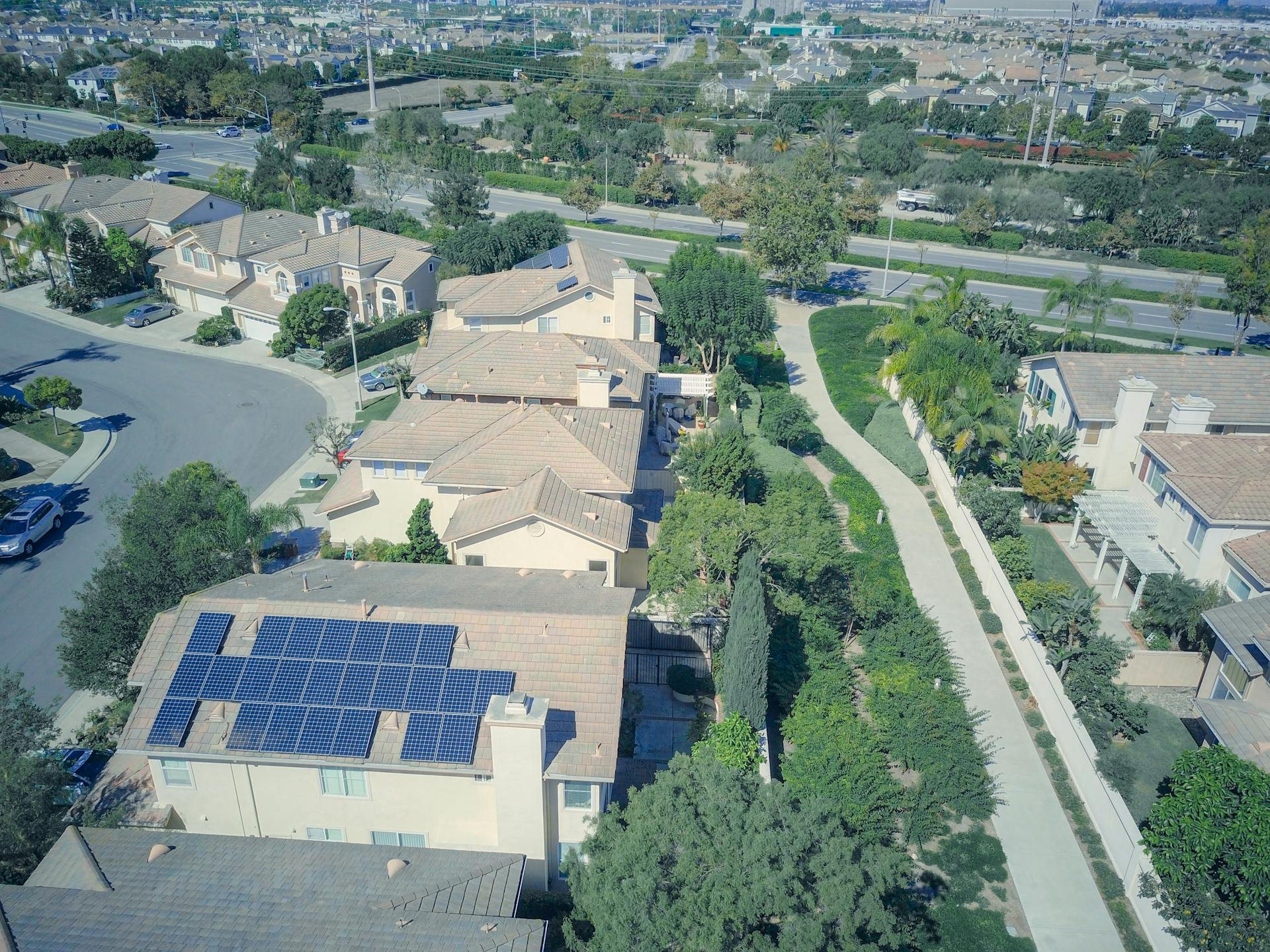When we envision an energy-efficient home, our thoughts probably run to solar panels glimmering on the rooftops and beautiful, adorning smart thermostats glowing on the wall. While these “big-ticket” items certainly take center stage, the true power of an efficient home can be found in the more obscure, less themed details.
While there are a lot of visible, effective contributors to cutting waste, reducing bills, and making our spaces more sustainable, there are also many contributors that go unnoticed. From small elements to systems behind walls, those contributors need our appreciation! And this is what we are going to discuss today.
Behind the Scenes of Home Energy Efficiency
The real magic in an energy-efficient home is often found in the quiet, behind-the-scenes details. Those thoughtful upgrades and systems save energy while making life easy and comfortable for everyone involved. Let’s see what those details are.
1. Insulation: The Quiet Hero
Insulation doesn’t receive much fanfare, but it is the foundation of an energy-efficient house. Well-sealed walls, attics, and floors help to maintain a more consistent indoor air temperature, reflecting reduced duty calls for your heating and cooling systems.
There are a lot of choices for modern insulation materials made with recycled fibers, natural wool, or cellulose, and there is even an eco-friendly option for insulation. Good insulation is like a permanent sweater for your home; it keeps doing the right thing in the background, and doesn’t care if the weather outside is less than ideal.
2. Windows and Doors: Gatekeepers of Comfort
Though windows and doors don’t count in high-tech upgrades, their upgrade can significantly lower energy loss. This will include double or triple-pane glass and weather stripping, as well as frames in energy-efficient materials, and will limit unwanted drafts while providing natural light.
These upgrades can be critical in older homes where energy leaks are much more common. That door seal will save you hundreds of dollars a year by not having to constantly strain your HVAC system.
3. Energy Efficient Lighting: Small Bulbs, Big Change
When it comes to energy efficiency, switching out incandescent bulbs for LED bulbs is one of the simplest and most impactful things you can do. LED bulbs are inexpensive to operate and last much longer than incandescent bulbs, resulting in lower electricity bills and reducing landfill waste. If you add smart lighting systems such as timers or motion sensors, LED bulbs will save you even more money in the long run.
4. Water-Saving Fixtures: Energy Efficiency Beyond Electric Usage
Energy efficiency is not just an electric usage issue, but also a water usage issue. Fixtures like low-flow faucets, dual-flush toilets, and efficient showerheads, while helping to reduce water consumption, will give you peace of mind and comfort while doing so.
Homeowners can frequently inspect and purchase these fixtures at a reputable plumbing supply store. These minor changes in everyday fixtures can result in significant savings. Updated fixtures will not only save water but also the energy to heat that water, making for a nice energy efficiency bonus.
5. Home Appliances with Implicit Intelligence
Home appliances are now more intelligent and energy efficient than they have ever been. Refrigerators with virtually zoned cooling profiles, washing machines that regulate water waste, and they are all efficient, consuming energy while quietly reducing waste.
They may or may not look similar to the household items they replace, but they are fundamentally engineered to take advantage of every watt or drop, more than an old-school model ever did.
6. The Discreet Utilization of Electric Systems
Your home’s electrical infrastructure is quietly providing you with safety and efficiency. Power is first delivered to your home from an electrical transformer located outside, then reduced to a practical voltage via your in-home circuit breakers and wiring to supply every room of the home.
Incorporated into some appliances, smaller built-in transformers exist within items like LED lighting, thermostats, or doorbells, to regulate voltage for specialized purposes.
7. HVAC Systems: Unsung Comfort Engineers
Heating, ventilation, and air conditioning systems are responsible for a large amount of household energy. Many high-efficiency models come with variable speed motors and smart sensors that dependably reduce output to your specific needs.
Periodic maintenance, such as filter replacement or duct cleaning, can add to efficiency by limiting the system’s strain and preventing it from working more than necessary. While not glamorous, HVAC (heating, ventilating, and air conditioning) systems are a heavy contributor to you having a greener home.
8. Smart Home Integration: Connecting the Dots
All of the previously mentioned hidden heroes become even greater superheroes when they are integrated through smart home systems. Smart meters, thermostats, and energy monitoring applications give homeowners insight into exactly how their power is being allocated.
As they collect data, it provides a quantitative approach towards a more conscious use of energy, from turning off lights when not using the room to running appliances during off-peak hours.
Bottom Line
Creating an energy-efficient home is not just about one impressive upgradebut about a suite of silent champions cooperating. Though insulation, appliances, and fixtures may not sparkle like a roof covered in solar, they are just as important to decreasing energy demand and providing comfort.
By making these quieter contributors your focus, homeowners can receive longer-lasting benefits for savings, sustainability, and most importantly, peace of mind about how effective their homes are in providing comfort!

